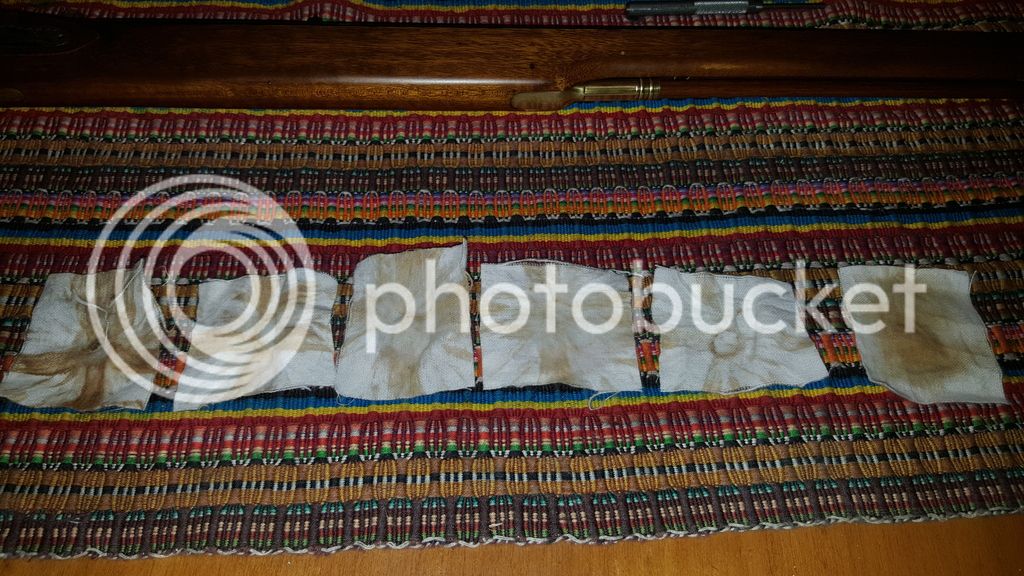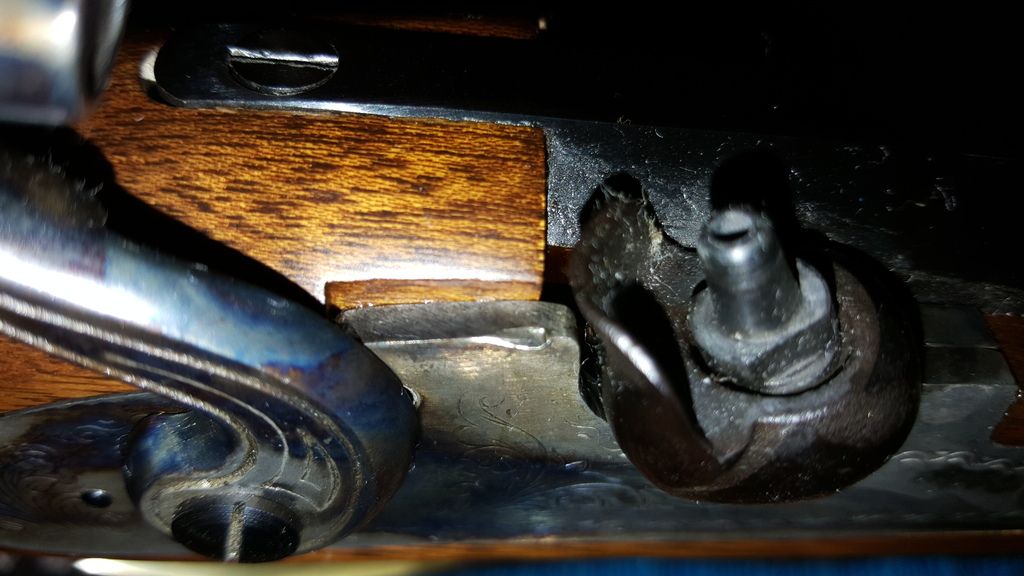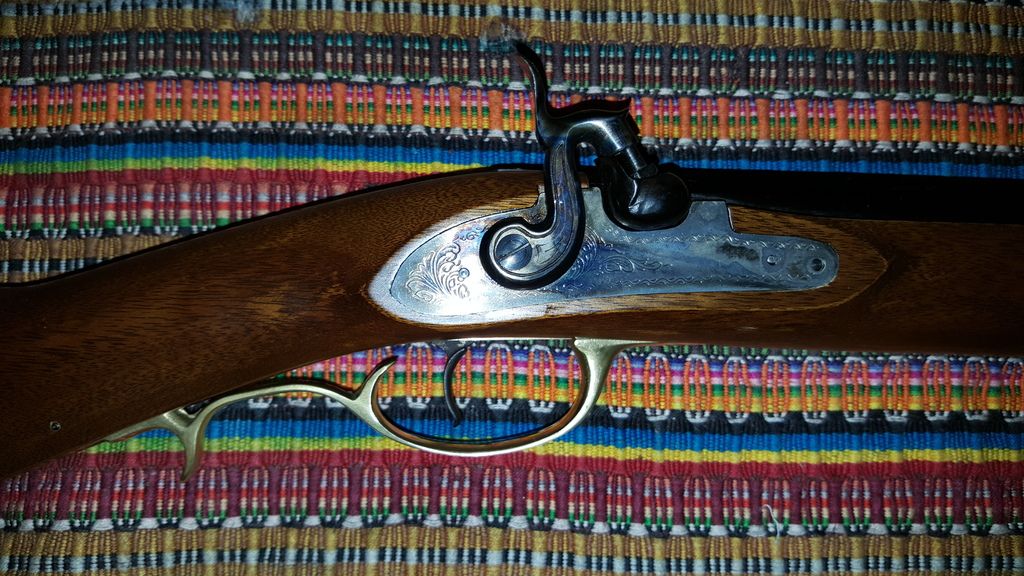yellowsevenpot
32 Cal.
- Joined
- Oct 30, 2015
- Messages
- 19
- Reaction score
- 1
Hey all,
I am new to the forum and new to muzzle loading. I have an opportunity to pick up a .45 cal Kentucky rifle made by Armi Sport. I am interested in using it for deer hunting; and am concerned as I came across an manual that states the charge for a 131 grn ball should be between 40 and 50 grains of ffg. This seems really slow to me?
Any insight will be appreciated.
- Sean O.
I am new to the forum and new to muzzle loading. I have an opportunity to pick up a .45 cal Kentucky rifle made by Armi Sport. I am interested in using it for deer hunting; and am concerned as I came across an manual that states the charge for a 131 grn ball should be between 40 and 50 grains of ffg. This seems really slow to me?
Any insight will be appreciated.
- Sean O.









